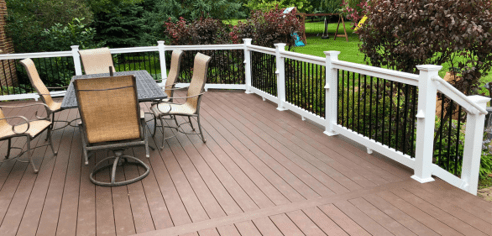Typical considerations of indoor air quality in the home involve garages connected to the house, proximity to major roads, and even off-gassing from new furniture. But did you know that the flow of air in your attic may also be hindering the air quality in your house?
Maintaining a high level of air quality in your home is crucial. In fact, in Canada, poor indoor air quality is one of the top five health risks facing the population.
So how can you ventilate your attic to improve the air quality in your home — and what other benefits might come with such a measure?
Work with a Professional
First, seek out local professional attic ventilation services. This is a package that’s often offered by respected and reputable roofing companies.
Find a roofing team that’s local. By recruiting a local company, you’re ensuring that they are familiar with your regional climate and with your local building codes. If we take Canada again as our example, residents in Toronto should reach out to, and consider working with a Professional Roofers to ensure that their family’s needs are both met and understood properly.
How Does Attic Ventilation Help Indoor Air Quality?
Did you know that a family of four can create between two and four gallons of water vapour in just one day?
Water vapour should not be trapped within the home. Through the installation of proper ventilation, your home will have adequate airflow. A ventilation system will allow any moisture and hot air (from showers, laundry, cooking and even breathing) to escape while allowing a reasonable balance of fresh outside air.
In the wintertime, and as outdoor temperatures drop, a poorly ventilated attic will see a boost in trapped, stale air, which will encourage mould growth and a build-up of mildew — neither of which you want circulating in the air through your home.
There Are Other Benefits
In addition to improving the indoor air quality of your home, attic ventilation will also:
Minimize the Potential for Wood Rot: A build-up of dampness in your attic may see the wood start to rot. Wood rot can affect flooring, ceiling joists, support posts and beams — and this will become a major issue for your roof, your home’s structural integrity and, eventually, your wallet.
Reduce Your Energy Costs: In the summer, as warm air rises into the attic, a poorly ventilated space means the air will remain trapped there. This will increase the temperature in the lower levels of the home, forcing the air conditioner to work harder to cool the space — significantly boosting your energy bills.
Take Away
Not only does the installation of attic ventilation help boost the air quality of your home — keeping you and your family safe — it will also help to protect your roof from any potential damage or decay.
By taking preventative measures in good time, you’re not only improving the indoor air quality of your home, but you’re also reducing the potential for greater expenses later down the line.















